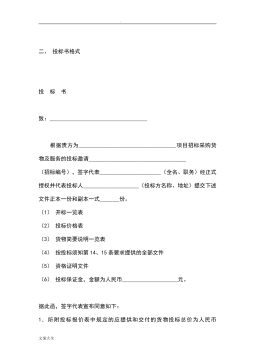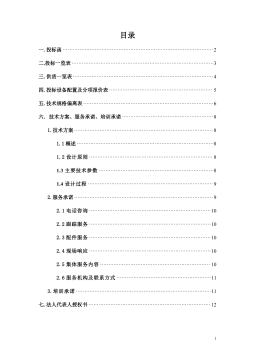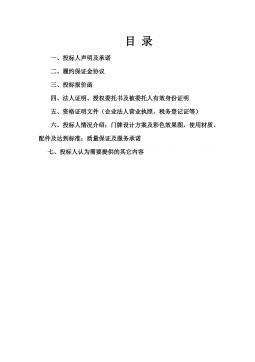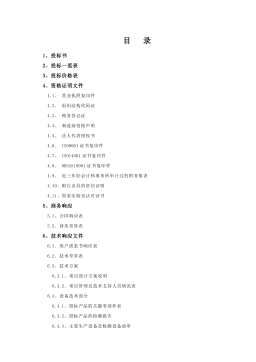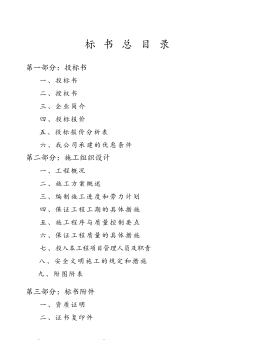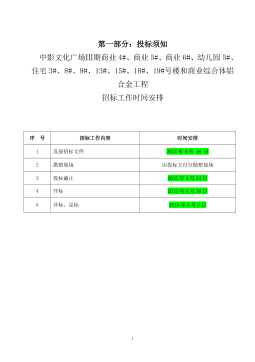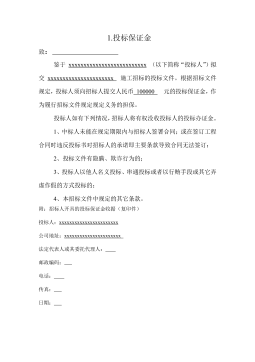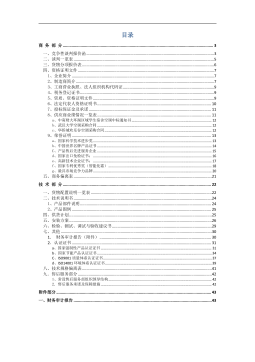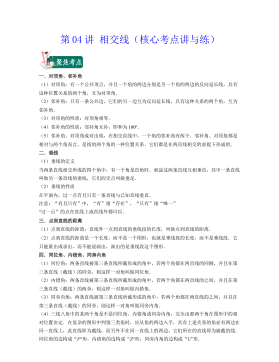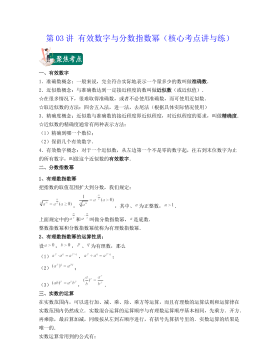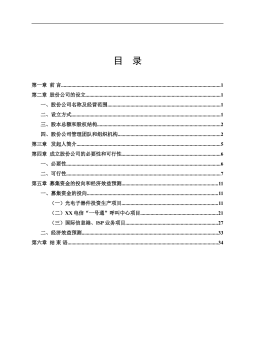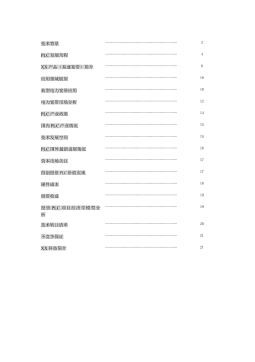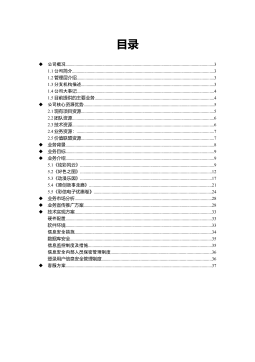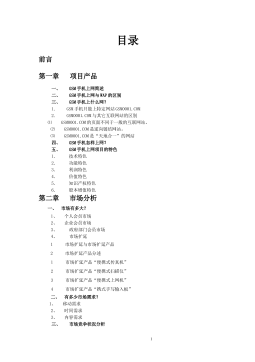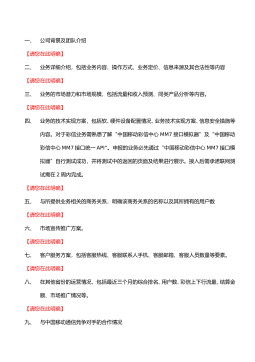高校助学贷款成本收益分析--以浙江省为例
VIP免费
浙江财经学院硕士学位论文
摘 要
国家助学贷款是党中央、国务院在社会主义市场经济条件下,利用金融手段完善我
国普通高校资助政策体系,加大普通高校贫困家庭学生资助力度所采取的一项重大措
施。1999 年,国家助学贷款试点工作正式在北京、上海、天津、重庆、武汉、沈阳、
西安、南京等 8个城市启动,至今已经走过 11 年,取得了一定的成效,为部分贫困学
子解决了继续深造的经济问题。然而,随着 2003 年第一次集中还贷高峰的到来,一批
高校出现违约的情况,有些学校的违约比例甚至超出了 70%,为此,银行开始对一些高
校停止发放贷款,国家助学贷款政策难以为继。
2004 年6月8日,国务院办公厅转发了《教育部、财政部、人民银行银监会关于
进一步完善国家助学贷款工作若干意见的通知》,推出一系列措施,旨在改善国家助学
贷款的现实环境,包括改革财政贴息方式、延长还贷年限、改革经办银行确定办法及建
立国家助学贷款风险补偿机制等。政策的改变似乎确信改善了银行与高校、学生之间的
关系,促进了国家助学贷款的发展,然而,仔细观察便会发现,为促进公平的国家助学
贷款政策在一定程度上加剧了不公平的程度,原因在于越是发达地区的高校,生源质量
越好,资信水平越高,就业前景更好,而越是欠发达地区的高校,生源质量越不好,资
信水平越低,就业前景越不好,而 20%贫困生比例的限制导致了一些高校对国家助学贷
款的需求远高于 20%的比例,而一些高校却无端占用着“优惠贷款”,惠及一些并不贫
困的学生,真正需要贷款的学生却贷不到,这就产生了一种新的不公平。国家助学贷款
政策作为促进社会公平、减少收入差距的重要手段,如何实现国家助学贷款的良性发展,
扩大贷款的覆盖面,始终是一个非常重要的问题。
国家助学贷款的问题一直吸引了众多学者的关注,但是绝大多数文献都是针对国家
助学贷款制度本身存在的问题、政府或银行角度的解决办法、个人征信系统的研究,还
有很多对国外助学贷款制度和实施效果的研究,呼吁借鉴国外的优秀经验来治理国内存
在的问题,这些研究基本都是从理论的角度进行分析,研究对象基本上都是政府或银行,
对个人的研究不多,对高校的研究更是少之又少,且很少有从成本-收益角度对国家助
学贷款开展过程中涉及的四方利益主体政府、银行、高校及学生个人进行定量分析的研
究。当前,我国地区间、城乡之间、不同群体之间的收入差距正在逐步扩大,国家助学
贷款作为缩小收入差距的手段之一,成为社会公平的焦点问题之一。
论文基于此选题,通过收集大量数据,运用递推演绎法、绝对指标和相对指标的分
析方法进行定量分析,认为国家助学贷款涉及的四方利益主体中,只有学生获得的收益
比率高于成本比率,其余三者的收益比率均低于成本比率。因此,要实现国家助学贷款
政策的良性发展与扩大贷款的覆盖率,各方利益主体的成本-收益比率应该对应起来,
首先就要减少政府、银行和高校承担的成本,提高其收益,这需要相应的政策与以保障,
然后改革具体政策并实施。
I
浙江财经学院硕士学位论文
本文第一部分简要介绍选题的背景与意义、国内外研究现状、研究思路和方法、可
能的创新点和不足,第二部分是对国家助学贷款政策的发展历程、现状和困境的分析,
为论文研究奠定现实前提。第三部分是先介绍成本-收益理论,然后对评估政府、银行、
高校及个人的成本-收益的指标进行选取。第四部分以浙江省国家助学贷款的发放情况
为研究对象,分别从四个角度来对成本和收益进行定量分析,得出各个利益主体的净收
益率与成本收益率。第五部分在实证分析的基础上,得出各个利益主体在总体情况下的
成本比率与收益比率,进行对比分析,并针对实证结果,提出能够增加国家助学贷款覆
盖面的根本方法。
本文的创新点有两处:其一,将政府、银行、高校纳入成本-收入分析框架,在以
往研究理论分析的基础上,将成本-收益进行量化,并以此来确定各方利益主体获得的
利益与应承担的成本的比例;其二,采用电话与实地采访的形式,将各方利益主体对高
等教育及国家助学贷款的利益诉求进行综合分析,为制定有效的国家助学贷款政策提供
指导。
关键词:国家助学贷款;成本;收益;比率
II
浙江财经学院硕士学位论文
ABSTRACT
Under the conditions of the socialist market economy, the National Student Loan
(hereinafter referred to “NSL”) is one of important measures that the State Council takes to
make the system of university funding approach perfection and increase the intensity of
funding for the students from poor families by the use of financial means. In 1999, the
government launched pilot projects of NSL in 8 cities, such as Beijing, Shanghai, Tianjin,
Chongqing, Wuhan, Shenyang, Xi’an, Nanjing. As had been put into practice for 11 years,
this policy had achieved some successes, such as help some students solve economic
difficulties to continue their studies. However, with the coming of the first repayment peak in
2003, some universities had confronted with the default situation, some other universities’
default ratio climed up to 70%, so that the bank began to refuse to grant loans to these
universities, it was hard for NSL to sustain for long time.
To improve the environment for the NSL, the State Council transmitted the “Ministry of
Education, Ministry of Finance, People’s Bank of China’s Banking Regulatory Commission
to further improve the NSL on Several Opinions of the notice ” in June 8, 2004, and took a
series of measures, such as the reform of the financial interest subsidies, the extension of
repayment period, change the way of determining the handling bank and establish the NSL’s
risk compensation mechanisms. It seemed like a change in policy did improve the
relationships among students, universities and banks. However, we can find that the NSL
which was aimed at promote fairness, exacerbated the degree of fairness in some extent
finally. The reason is that the universities located in more developed areas, the better the
quality of their students, and the higher the credit level and brighter prospect, and vice versa.
The limit of 20% poor students in college results in the distortion of the allocation of NSLs.
NSL is an important means of promoting social equity and narrowing the income gap, that’s
why how to achieve the sound development of the NSL and expand the coverage of NSL is
always a significant issue.
NSL has always being attracted to many scholors, and most of the literature is to discuss
the the problems inside the system, to find the way to solve these problems and how to set up
a personal credit information system, there are also many research about the Student Loans in
foreign countries, hoping that we can learn from their excellent experience to solve domestic
problems. These studies are basically from a theoretical point of view, and subjects are
always concentrated in the government and the bank, fewer studies refer to the universities,
III
浙江财经学院硕士学位论文
even fewer research focus on the cost-benefit perspective from the four parts. At present, the
income gap among regions and different groups of people is gradually expanding, as a means
of narrowing the gap, it has become one of the focal point of social justice.
This thesis is based on this topic, by collecting large amounts of datas and means of
recursive deductive, the absolute and relative indicators index, it concluded that among the
four parts, only the ratio of gains of students are higher than the costs ratio. Therefore, to
achieve the development and expansion of NSL, costs of every part should be compensated
by they gains.
The first part of thesis briefly introduces the background and significance of topic,
research status, ideas and methods, and the possible innovation and lacks. The second part is
about the development process of NSL, the current situation and the plight of the analysis, lay
the reality of the premise for the thesis. The third part introduce the cost-benefit theory first,
then choose the indicators to assess the four parts’ cost and benefit. The fourth part is to make
the dissemination of NSL in Zhejiang Province as the subject, study the four parts’ costs and
benefits in quantitative analysis method, come to the net ratio of return and cost for the four
stakeholders. The fifth part makes the overall cost ratio and revenue ratio on the basis of
empirical analysis, and find a thorough way to increase the coverage of the NSL.
There are two innovations in this thesis: one is that make the government and banks
included in the cost-revenue analysis framework and the cost-benefit to be quantified to
identify the interests of all parties to obtain and the costs to bear; the other one is that using
questionnaire and face-to-face interview to analyze the demands from all parts, in order to
provide guidance for developing an effective NSL policy.
Keywords: National Student Loan; Cost; Benefit; Ratio
IV
摘要:
展开>>
收起<<
浙江财经学院硕士学位论文摘要国家助学贷款是党中央、国务院在社会主义市场经济条件下,利用金融手段完善我国普通高校资助政策体系,加大普通高校贫困家庭学生资助力度所采取的一项重大措施。1999年,国家助学贷款试点工作正式在北京、上海、天津、重庆、武汉、沈阳、西安、南京等8个城市启动,至今已经走过11年,取得了一定的成效,为部分贫困学子解决了继续深造的经济问题。然而,随着2003年第一次集中还贷高峰的到来,一批高校出现违约的情况,有些学校的违约比例甚至超出了70%,为此,银行开始对一些高校停止发放贷款,国家助学贷款政策难以为继。2004年6月8日,国务院办公厅转发了《教育部、财政部、人民银行银监会关于...
作者:李佳
分类:高等教育资料
价格:150积分
属性:59 页
大小:1.13MB
格式:PDF
时间:2024-09-20


